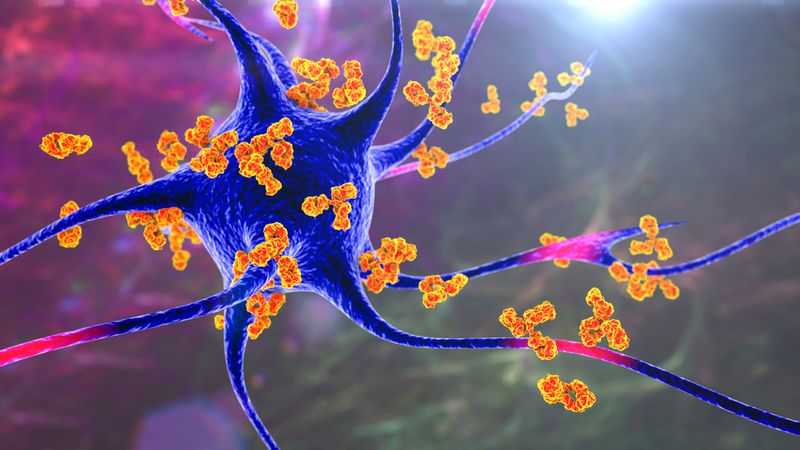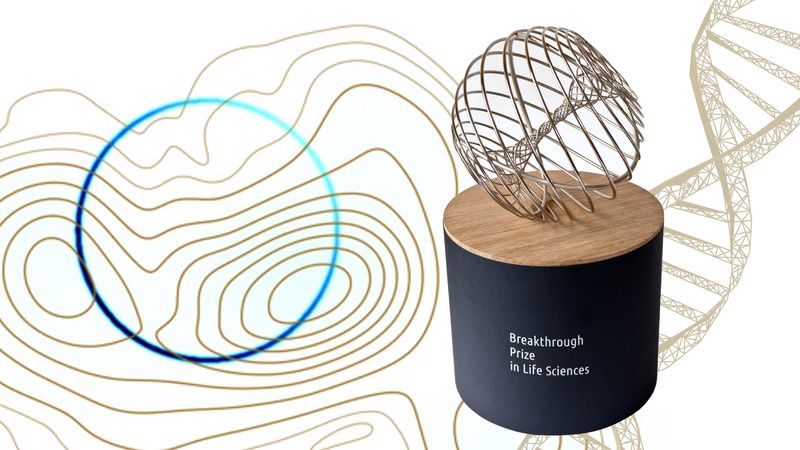A newly developed vaccine could be used to reverse the symptoms of several autoimmune diseases, like multiple sclerosis and type 1 diabetes, without shutting down the entire immune system.
Why an “inverse vaccine”?
Vaccines normally work to increase immunity, which is the opposite of how you’d want to treat an autoimmune disease, where the immune system mistakes normal, healthy cells for the bad guys, like viruses or cancer cells, and attacks.
As a result, autoimmune diseases are often treated with immunosuppressants, a type of drug that shuts or dampens down the immune system – but this comes with problems of its own.
“These treatments can be very effective, but you’re also blocking the immune responses necessary to fight off infections and so there are a lot of side effects,” said Jeffrey Hubbell, lead author of a study describing the new vaccine, in a statement.
“If we could treat patients with an inverse vaccine instead, it could be much more specific and lead to fewer side effects.”
An “inverse vaccine” would remove the immune system’s memory of a molecule it would otherwise attack. For example, in multiple sclerosis, it would stop immune cells from attacking myelin, the protective coating around nerve cells.
In the new study, researchers took advantage of an existing mechanism within the body to create such a vaccine.
The liver delivers
Under normal circumstances, the immune system doesn’t act up whenever there’s a cell that’s dying naturally, a mechanism known as peripheral immune tolerance.
This is down to the action of the liver, which tags molecules from broken down cells with a “do not destroy” sign – a sugar molecule called N-acetylgalactosamine, or more catchily, pGal.
“The idea is that we can attach any molecule we want to pGal and it will teach the immune system to tolerate it,” explained Hubbell.
The research team had previously tested this idea and successfully shown that it could prevent autoimmunity, but their latest research suggests it could treat diseases after they’ve already begun.
In a mouse model of a multiple sclerosis-like disease, researchers used an inverse vaccine where pGal was linked to myelin proteins. They found that the immune system stopped attacking myelin, to the point where nerves regained their function and symptoms were reversed.
“…what is so exciting about this work is that we have shown that we can treat diseases like multiple sclerosis after there is already ongoing inflammation, which is more useful in a real-world context,” said Hubbell.
What’s next?
To achieve this reality, research will need to move beyond mouse models. Some phase I, clinical safety trials have already been carried out using a similar method to treat celiac disease – an autoimmune disease that causes the body to attack itself after consuming gluten – and trials are in the works for multiple sclerosis too.
“There are no clinically approved inverse vaccines yet, but we’re incredibly excited about moving this technology forward,” concluded Hubbell.
The study is published in Nature Biomedical Engineering.




